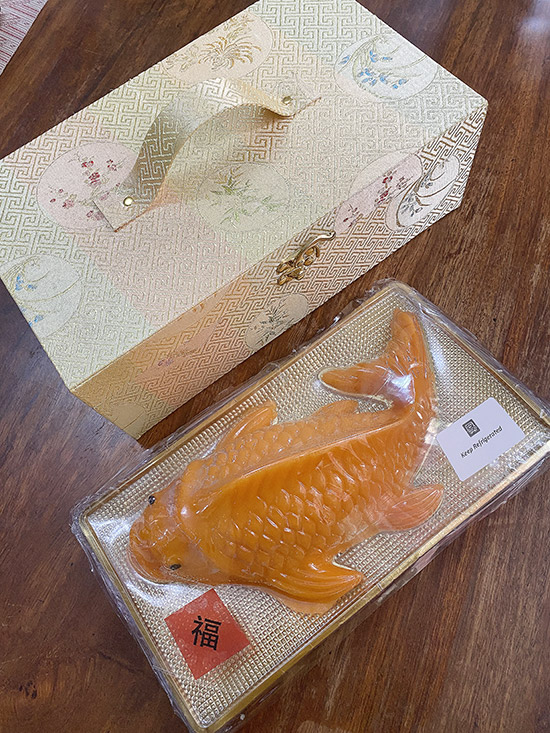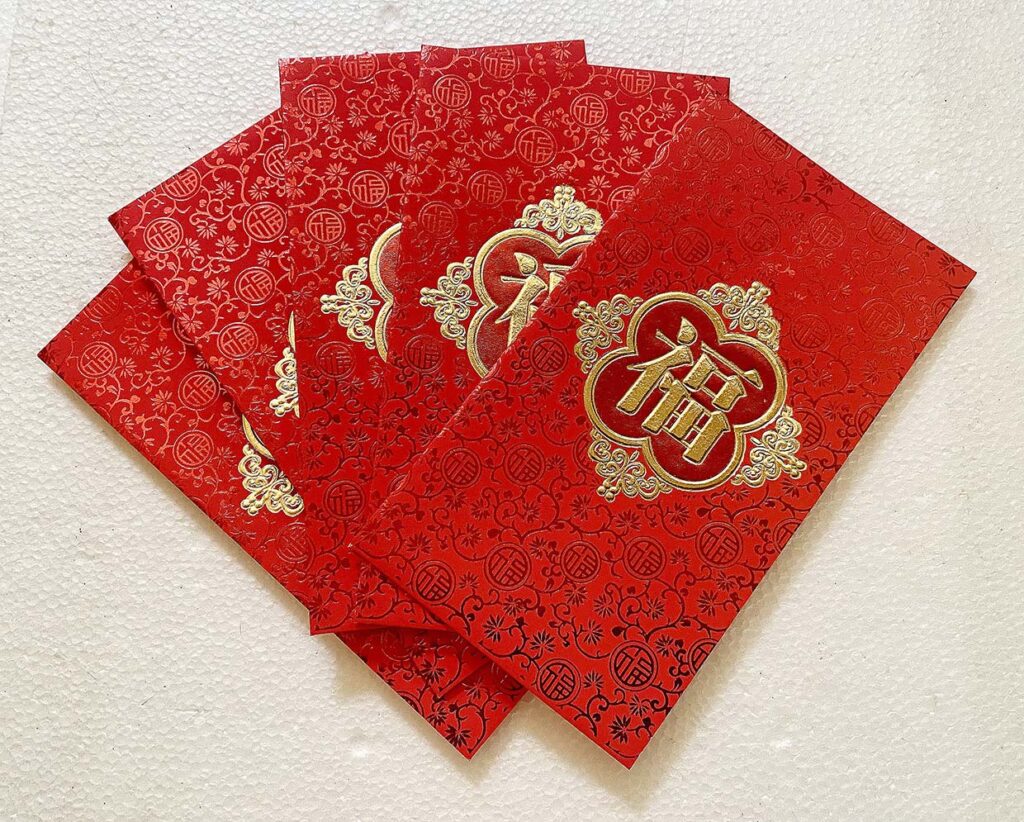The celebration of the Chinese New Year (CNY) dates back over three millennia. Today, it is referred as Chun Jie or Spring Festival, not only because it signals the start of spring but also to distinguish it from the Gregorian calendar’s New Year that was adopted after the end of the last Chinese dynasty.
Beginnings
This year, Feb. 1 marked the date of CNY. In the Philippines, it is declared as a public non-working holiday. But like most Chinese communities worldwide, Tsinoys observe the festivities with much gusto, practicing old rituals and traditions, so as to be able to receive good fortune.
Shops and malls are abuzz with sounds of drum beats amid dragon and lion dances, animals regarded as symbols of good omen and auspiciousness.
The focal point for most Tsinoys however, happens on CNY’s eve when the family gathers for dinner.
I grew up with my uncle hosting yearly dinners with families and office colleagues in attendance. They were the best times to catch up with our relatives’ news, share one’s own stories, or pleasantly listen to gossip. And of course, the distribution of the hong pao and watching the brief fireworks that would happen at midnight.
Spring festivities
After praying for our ancestors’ guidance and good health, CNY is time mostly spent visiting relatives and friends to renew kinships. The festivities start about two weeks earlier and extend two weeks after the lunar new year, with the whole season’s activities filled with symbolisms.
The Festival of Xiao Nian, meaning little year, starts a week before the lunar new year. Tsinoys clean their houses thoroughly, symbolizing the sweeping out of the old before the arrival of the new. Red squares with an upside down Chinese character “fu,” which means fortune or luck, are hung on the doors.
Windows are decorated with paper cut-outs. These are all intended for prosperity to enter the house and drive away bad spirits.
We also visit the tombs of the departed, burn incense and sweep the surroundings. These actions are supposed to show filial piety.
The eve’s reunion dinner
CNY’s eve or Chu Xi is regarded as the most important day for family reunions. We wear red clothes to bring luck into our homes.
Before starting dinner, many follow the tradition of tossing food, usually with rice or flour noodles—the higher the toss, the higher are the chances of receiving good fortune.
Our reunion dinner is served with dishes filled with symbolisms, too. For example, the fish is intended to increase prosperity and wealth. Dumplings are believed to bring wealth to the family because they look like old Chinese gold ingots, while the whole chicken symbolizes completeness.
Tikoy is life

But the dinner will not be complete without our favorite tikoy, the sticky glutinous rice that symbolizes happiness and good relationships. Taken from the Hokkien word ti keuh meaning sweet cake, the tikoy’s origins come from the Chinese words nian (year) and gao (cake). As gao also sounds like the word which means higher, if taken together, the words symbolize better times ahead. Often given as a gift, too, the tikoy is believed to keep the recipient’s mouth sticky so as not to speak ill.
Tsinoy tables boast twelve round fruits, as their roundness is associated with family gathering, good fortune and prosperity.

Dinner ends with the much-awaited giving of the hong bao. Literally a red pocket, it is not the money but the envelope itself that is more important. In Chinese culture, gift giving demonstrates gratitude and a way to wish good fortune.
Lantern Festival
The lantern festival held on the 15th day of the lunar new year signifies the end of the CNY celebration. Come Feb. 15, 2022, we will be celebrating Yuan Xiao Jie. Houses and public areas will be decorated with red lanterns to create a jolly ambience before closing the month-long observance.
The Tsinoys’ CNY is more than just another holiday, it is about family bonding and bringing good fortune to our homes.
At this time of the pandemic, I wish everyone Shen Ti Jian Kang. Stay fit, healthy and safe always.
(For more insights on the seasonal rituals like Spring and Lantern Festivals, please read, “The Chinese Rites and Rituals” by Feng Ge as translated by Hung Jieting and Jiang Yinji, Beijing, 2011)
Henry L. Yap is an architect, environmental planner, real estate practitioner and former professorial lecturer.
